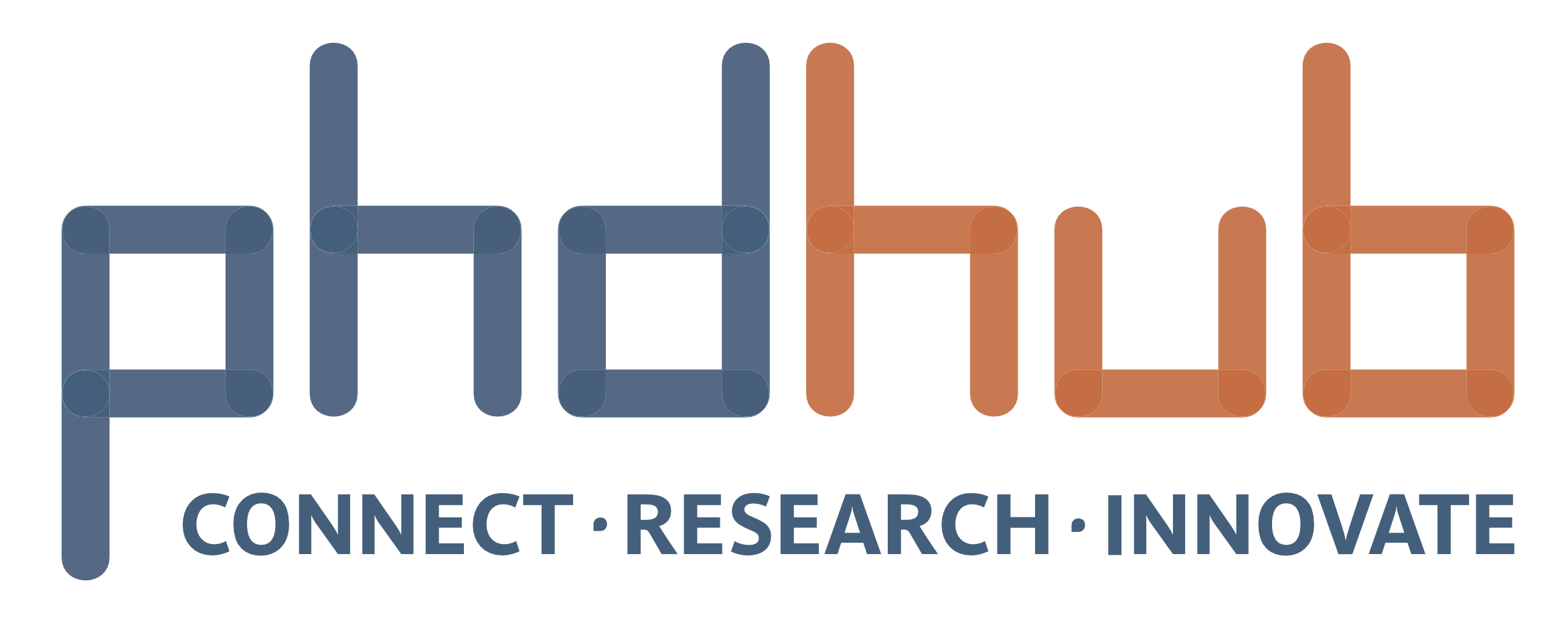Research on the Semi-formal and formal methods and tools on Modeling and Design of Information Systems considering the Enterprise Architecture and in general the Architectural Approaches
-
Description of the research topic:
The recent trends on the field of Information Systems points toward document-centric approaches, application of modern database management systems, SOA and Web services.
There are traditional analysis and modeling methods and tools as structured and object-oriented approaches. The business processes play significant roles within Information Systems model as they interact with documents, user interfaces and the underlying data collection that resides within the core of Information systems.
The modern approaches for representing the complex relationships between the environment and the Information Systems include Web services based on various technologies, SOA (Service Oriented Architecture), Business Process Modeling. Business Process Modeling as management, business and systems analysis tools exploits the Business Process Modeling Notations buttressed by process algebra and Petri nets with the underlying mathematical model.
The challenges of modeling is to reflect the dynamic and static side of Information Systems where the rapidly changing business environment directly influences the behavior of Information Systems through documents, their related actions and events.
The most recent and important research topics:
Inter-organizational data integration model for information exchange within ERP systems and production industry assets management
The research topics are expected to touch IT tools and re-tooling the asset management activities with integrating AR (augmented Reality), BlockChain, Integrated ecosystems, visualization, and decision support.
IoT sensor networks and their integration into ERP systems and Business Warehouses for prediction and forecasting.
Examination of feasible architectures, solution alternatives, protocols, algorithms, design approaches to model, design, and implement IoT / sensor-based information systems;
Options for issues to be investigated:
- Relationships between Information Systems and Enterprise Architecture, formal description tools as process algebra etc. :
- Methods and tools for formal description of architecture of Information Systems and Software that realizes the architecture;
- Representation of Information Systems that are composed of documents, Web Services linked to Business Processes through process algebra, pi-algebra and other formal description languages.
- Representation methods, tools and languages for Business Processes, Workflows being under standardization, moreover:
- Comprehensive models for unified process and data models;
- The artifacts of models and document centric approaches : similarities and differences;
- Web services and design methods, patterns for modeling;
- Applicability and usability of approaches as Description Logic, and its languages (OWL2, RDF , ontologies) furthermore:
- process algebra, pi-algebra;
- dynamic logic, epistemic logic
- A specific case of Information Systems is the Enterprise Resource Planning or Enterprise-wide Information Systems. The development of technologies opens up new options for ERP systems as Cloud Computing, SOA, Web services, Semantic Web, In-memory databases, data warehouses etc. What formal methods can be applied to model ERP systems and the business environments, what methods fit bests to the recent modeling requirements:
- process algebra;
- Pi-algebra (π-algebra);
- dynamic logic;
- description logic;
- category theory;
- Formal methods on software architecture.
- What methods of applied mathematics can be exploited for formalizing the design and modeling methods in the case of document-centric and Web based Information Systems :
- Grammars and languages for representation and description (XML, UML etc.);
- Representation and modeling by graph approaches (XML, JSON stb.);
- Hypergraph;
- Meta-graph;
- How can be exploited the mathematical characteristics of graphs for checking and controlling the consistency, the design quality of Information Systems model represented in graphs.
- How can be applied the principles of axiomatic design on Information Systems, Web Information Systems based on SOA (Service Oriented Architecture):
- The graph representation of Information Systems Model can be transformed into matrices to make use of linear algebra methods. What formalization may help the realization of design principles and consistency checking?
- Investigating the options for using the methods of linear algebra to check, to verify and to validate:
- Consistency;
- Constraints’ fulfillment;
- Compliance to security requirements.
- Through mathematical, formal methods
- Creating a unified framework as proof of concepts for the theoretical approaches.
Thesis supervisor: Bálint Molnár
How to Apply?
If you are interested apply here: [PhD] Doctoral School of Informatics – Eötvös Loránd University (elte.hu)
For more information visite the following website: Doctoral School of Informatics (elte.hu)
- Relationships between Information Systems and Enterprise Architecture, formal description tools as process algebra etc. :
-
Funded: Not Funded
Master Degree: Required
Duration: 4 Years
Full/Part Time: Full Time
Starting Date: 06 September 2021
Deadline to Apply: 31 May 2021
-
Only local Hubs members can access this page. Join the community today: https://archive.phdhub.eu/register
Fields of Science:
Research Areas:

